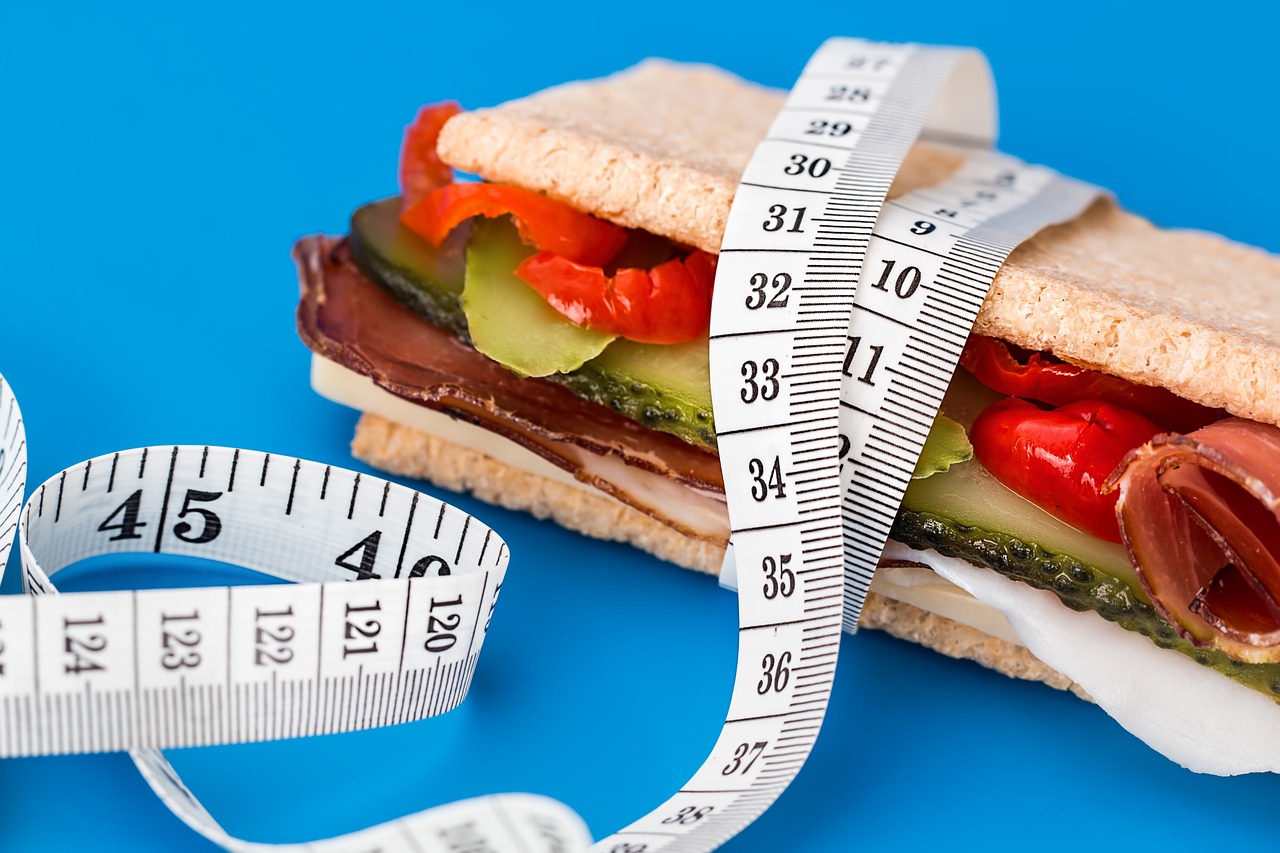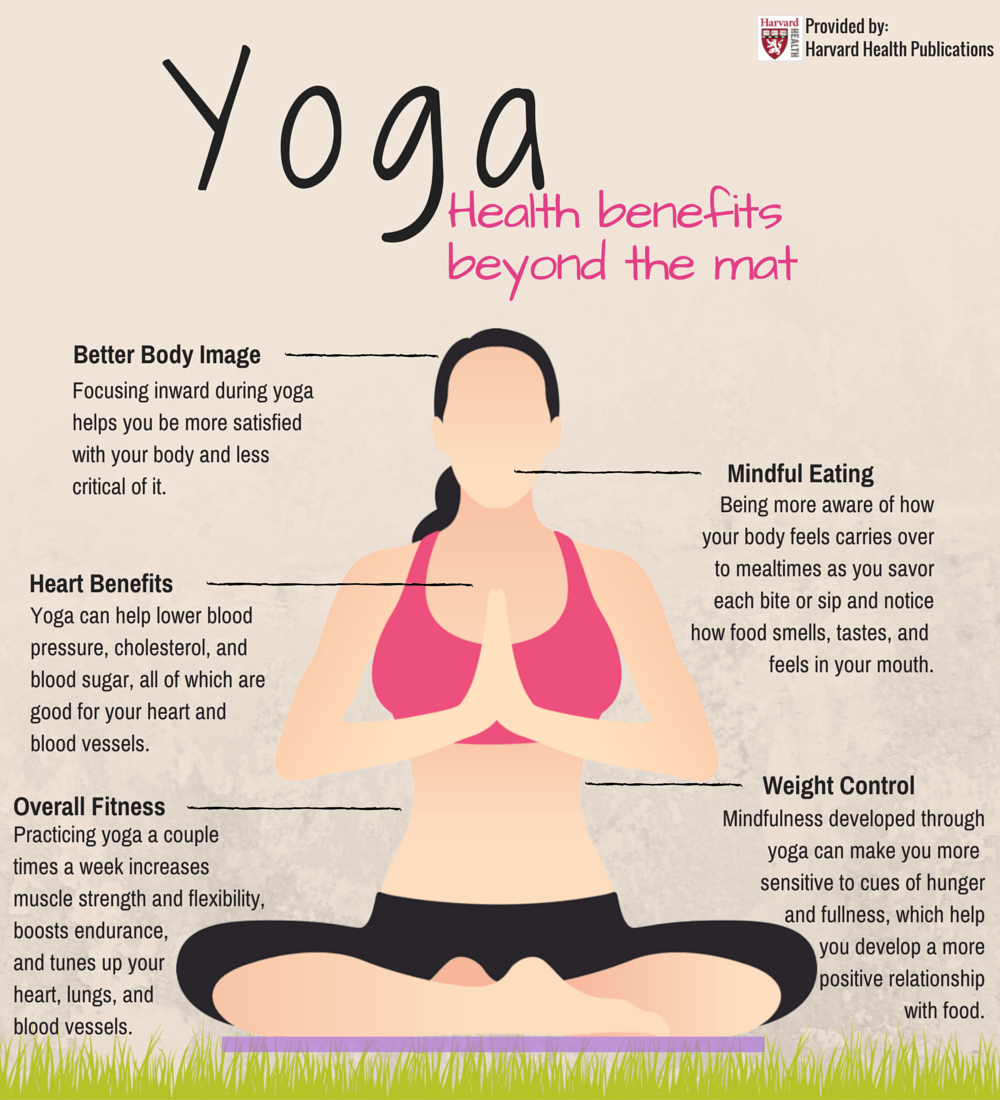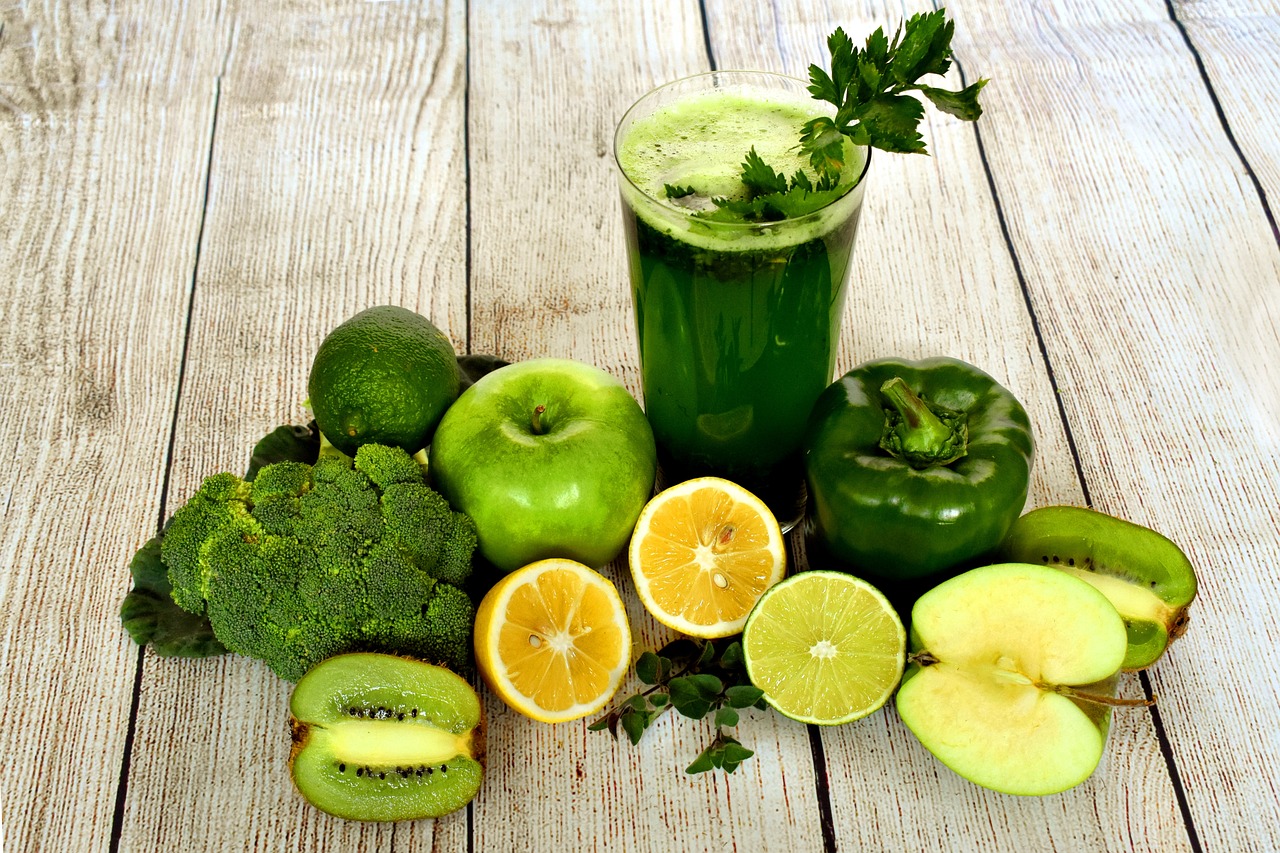Are you looking to kickstart your journey towards a healthier lifestyle? Look no further than the South Beach Diet Phase 1! In this introductory phase, you’ll learn the foundations of the renowned South Beach Diet and set yourself up for long-term success. Through a combination of delicious meals and smart food choices, you’ll start shedding those unwanted pounds and become more energized in no time. Get ready to understand and embrace the South Beach Diet Phase 1 and all it has to offer. Your health and well-being are about to receive a friendly boost!

This image is property of pixabay.com.
What is the South Beach Diet Phase 1?
Overview of the South Beach Diet
The South Beach Diet is a popular weight loss program that focuses on changing the way you eat to help you lose weight and improve your health. It was created by Dr. Arthur Agatston, a cardiologist, and it is designed to help stabilize blood sugar levels, reduce cravings, and promote healthy weight loss.
Explanation of Phases
The South Beach Diet consists of three phases, each with its own specific guidelines and objectives. Phase 1 is the strictest phase and is designed to jumpstart weight loss by eliminating certain foods and encouraging the consumption of lean proteins, non-starchy vegetables, and healthy fats. Phase 2 introduces more carbohydrates back into the diet, while Phase 3 focuses on maintaining long-term weight loss and healthy eating habits.
Focus of Phase 1
Phase 1 of the South Beach Diet is all about resetting your body and breaking free from unhealthy eating habits. The main focus is on cutting out sugars and refined carbohydrates, which can cause blood sugar spikes and lead to cravings and weight gain. By eliminating these foods for a short period of time, your body can reset and begin to burn stored fat for fuel.
Principles of the South Beach Diet Phase 1
Low Carb, High Protein
In Phase 1 of the South Beach Diet, you will be consuming a low-carbohydrate, high-protein diet. By limiting your intake of carbohydrates, especially those that are high in sugar and refined flour, your body is forced to burn fat for energy instead of relying on glucose from carbohydrates. This can help kickstart weight loss and stabilize blood sugar levels.
Limited Sugar and Carbohydrates
During Phase 1, you will be eliminating or greatly reducing your intake of sugars and certain carbohydrates. This includes foods like bread, pasta, rice, potatoes, and sweets. By minimizing your sugar and carbohydrate intake, you can prevent blood sugar spikes and promote fat loss.
Favoring Healthy Fats and Fiber
While you will be limiting your intake of carbohydrates, you will be encouraged to consume healthy fats and fiber-rich foods. Healthy fats, such as those found in avocados, nuts, and olive oil, are important for providing energy and promoting satiety. Fiber-rich foods, like non-starchy vegetables, promote healthy digestion and help you feel full and satisfied.
Foods Allowed on the South Beach Diet Phase 1
Lean Proteins
During Phase 1, lean proteins are a key component of your meals. This includes foods like skinless poultry, fish, lean cuts of beef or pork, and tofu. These proteins are low in saturated fats and provide essential nutrients while helping to keep you full and satisfied.
Non-Starchy Vegetables
Non-starchy vegetables are an important part of Phase 1 of the South Beach Diet. These vegetables are low in carbohydrates and rich in fiber, vitamins, and minerals. Examples of non-starchy vegetables include leafy greens, broccoli, cauliflower, peppers, and cucumbers.
Healthy Fats
Phase 1 of the South Beach Diet encourages the consumption of healthy fats to provide energy and satiety. Foods like avocados, nuts, seeds, and olive oil are all good sources of healthy fats and can be incorporated into your meals and snacks.
Low-Fat Dairy
Low-fat dairy products, such as milk, yogurt, and cheese, are allowed in moderation during Phase 1. These products are a good source of protein and calcium, but it’s important to choose low-fat options to minimize your intake of saturated fats.
Nuts and Seeds
Nuts and seeds are a great snack option during Phase 1 of the South Beach Diet. They provide healthy fats, protein, and fiber, which can help you feel satisfied in between meals. Just be mindful of portion sizes, as nuts and seeds are calorie-dense.
Foods to Avoid on the South Beach Diet Phase 1
Processed Foods
During Phase 1, it’s important to avoid processed foods as much as possible. These foods are often high in added sugars, unhealthy fats, and refined carbohydrates, which can hinder weight loss and lead to cravings.
Refined Carbohydrates
Refined carbohydrates, such as white bread, pasta, rice, and sugary cereals, should be eliminated during Phase 1. These foods cause rapid spikes in blood sugar levels and can lead to weight gain and cravings.
Sweets and Sugary Drinks
Sweets, desserts, and sugary drinks should be avoided during Phase 1 of the South Beach Diet. These foods are high in added sugars and can cause blood sugar spikes, leading to cravings and weight gain.
Fruit
While fruit is generally considered healthy, it is limited during Phase 1 of the South Beach Diet because of its natural sugar content. Fruits like bananas, grapes, and oranges are higher in sugar and should be avoided during this phase.
Alcohol
Alcoholic beverages are not allowed during Phase 1 of the South Beach Diet. Alcohol is high in empty calories and can interfere with weight loss and blood sugar control.

This image is property of pixabay.com.
Sample Meal Plan for the South Beach Diet Phase 1
Breakfast Options
For breakfast on Phase 1, you could have an omelet made with egg whites, spinach, and feta cheese, or a Greek yogurt with almonds and berries. Another option could be a vegetable scramble with tofu or a protein smoothie made with unsweetened almond milk and protein powder.
Lunch Options
Lunch options for Phase 1 could include a salad with grilled chicken or shrimp, mixed greens, and a variety of non-starchy vegetables like tomatoes, cucumbers, and bell peppers. Alternatively, you could have a turkey or chicken wrap using lettuce leaves instead of a tortilla or bread.
Dinner Options
Dinner on Phase 1 could consist of grilled salmon or roasted chicken with steamed broccoli and cauliflower. Another option could be a stir-fry made with lean beef or tofu and a variety of non-starchy vegetables, seasoned with low-sodium soy sauce or other spices.
Snack Ideas
Snack ideas for Phase 1 could include a handful of almonds or walnuts, celery sticks with peanut butter, or Greek yogurt with a sprinkle of nuts and berries. Vegetables like cherry tomatoes, baby carrots, or sliced bell peppers can also be enjoyed with a small portion of hummus.
Benefits of the South Beach Diet Phase 1
Weight Loss
One of the main benefits of Phase 1 of the South Beach Diet is weight loss. By eliminating sugars and refined carbohydrates, the body enters a state of ketosis, where it burns stored fat for fuel. This can lead to significant weight loss, especially in the first two weeks of Phase 1.
Improved Blood Sugar Control
Phase 1 of the South Beach Diet focuses on stabilizing blood sugar levels by eliminating foods that cause spikes and crashes. By following the diet’s principles, you can improve your blood sugar control, reduce the risk of insulin resistance, and better manage conditions such as diabetes.
Reduced Cravings
By eliminating sugars and refined carbohydrates, Phase 1 of the South Beach Diet can help reduce cravings for unhealthy foods. The focus on lean proteins, healthy fats, and fiber-rich vegetables helps to keep you fuller for longer and reduces the desire for high-sugar and high-calorie snacks.

This image is property of pixabay.com.
Potential Challenges on the South Beach Diet Phase 1
Initial Restriction
One of the potential challenges of Phase 1 is the initial restriction of certain foods. It can be difficult to eliminate sugars and refined carbohydrates from your diet, especially if you are used to consuming them regularly. However, many people find that the initial challenge is worth it for the results they achieve.
Adjusting to New Eating Habits
Phase 1 of the South Beach Diet requires a shift in eating habits, which can take some time to adjust to. It involves planning and preparing meals that adhere to the guidelines and finding alternatives for favorite foods that are not allowed. It’s important to give yourself time to adapt to the new way of eating and be patient with yourself during the transition.
Social Situations
One of the challenges of following any diet plan is navigating social situations where foods that are not allowed are present. It can be difficult to stick to the guidelines when attending parties or eating out at restaurants. However, with proper planning and communication, it is possible to stay on track while still enjoying social gatherings.
Tips for Success on the South Beach Diet Phase 1
Meal Planning and Preparation
Meal planning and preparation are key to success during Phase 1 of the South Beach Diet. By planning your meals and snacks in advance, you can ensure that you have compliant foods on hand and reduce the temptation to reach for unhealthy options. Prepare meals in bulk and pack healthy snacks for when you’re on the go.
Stay Hydrated
Staying hydrated is important during Phase 1 and throughout the entire South Beach Diet. Drinking an adequate amount of water not only helps to keep you hydrated but can also help to control cravings and prevent overeating. Aim to drink at least 8 cups (64 ounces) of water per day.
Find Support
Having support while following the South Beach Diet can greatly increase your chances of success. Whether it’s a friend, family member, or an online community, finding someone who can support and motivate you throughout the process can be incredibly helpful. Share your goals, challenges, and successes with others who are on a similar journey.
Listen to Your Body
Everyone’s body is different, so it’s important to listen to your own body and adjust the plan as needed. Pay attention to how certain foods make you feel and make adjustments accordingly. If a certain food doesn’t agree with you or causes cravings, find alternatives that work better for you and your individual needs.

Possible Side Effects of the South Beach Diet Phase 1
Ketosis Symptoms
Entering a state of ketosis, where your body burns fat for fuel, can cause side effects such as bad breath, increased urine production, and a temporary decrease in energy levels. These symptoms are usually temporary and should subside as your body adjusts to the new way of eating.
Temporary Fatigue or Dizziness
During Phase 1, your body is adjusting to a lower carbohydrate intake, which can initially lead to temporary fatigue or dizziness. This is often referred to as the “carb flu” and is a result of your body adapting to using fat as its primary fuel source. Get plenty of rest, drink enough water, and ensure you’re eating adequate protein and healthy fats to help combat these symptoms.
Digestive Issues
Some individuals may experience digestive issues, such as bloating, constipation, or diarrhea, when transitioning to Phase 1 of the South Beach Diet. This can be due to the changes in dietary fiber and the elimination of certain foods. If you experience digestive issues, it is important to stay hydrated, consume enough fiber-rich vegetables, and consider adding probiotic-rich foods or supplements to support a healthy gut.
Transitioning to South Beach Diet Phase 2
Introduction of More Carbohydrates
Phase 2 of the South Beach Diet is all about introducing more carbohydrates back into your diet. Healthy carbohydrates, such as whole grains, legumes, and certain fruits, are gradually reintroduced to provide a more balanced approach to eating while still promoting weight loss and blood sugar control.
Balancing Food Groups
During Phase 2, the focus is on balancing the different food groups to ensure you are getting a variety of nutrients. This includes incorporating lean proteins, healthy fats, whole grains, and fruits and vegetables into your meals and snacks.
Lifestyle Changes
As you transition to Phase 2 and beyond, it’s important to view the South Beach Diet as a long-term lifestyle change rather than a short-term fix. Use the principles you learned during Phase 1 to continue making healthy choices, practicing portion control, and staying active. Regular exercise and mindful eating habits are key to maintaining your weight loss success and overall health.





